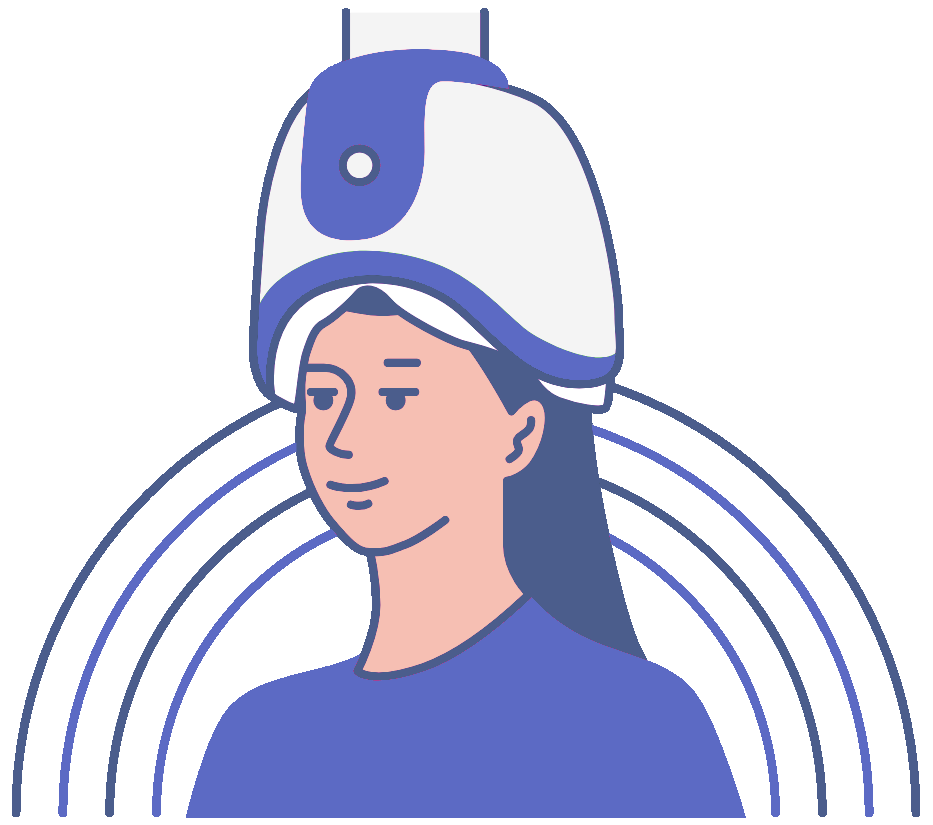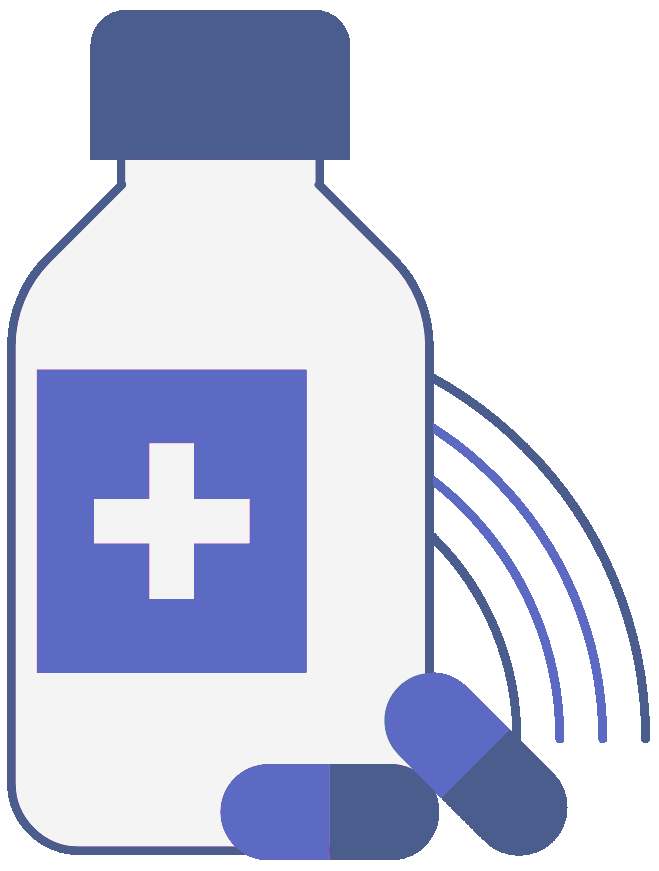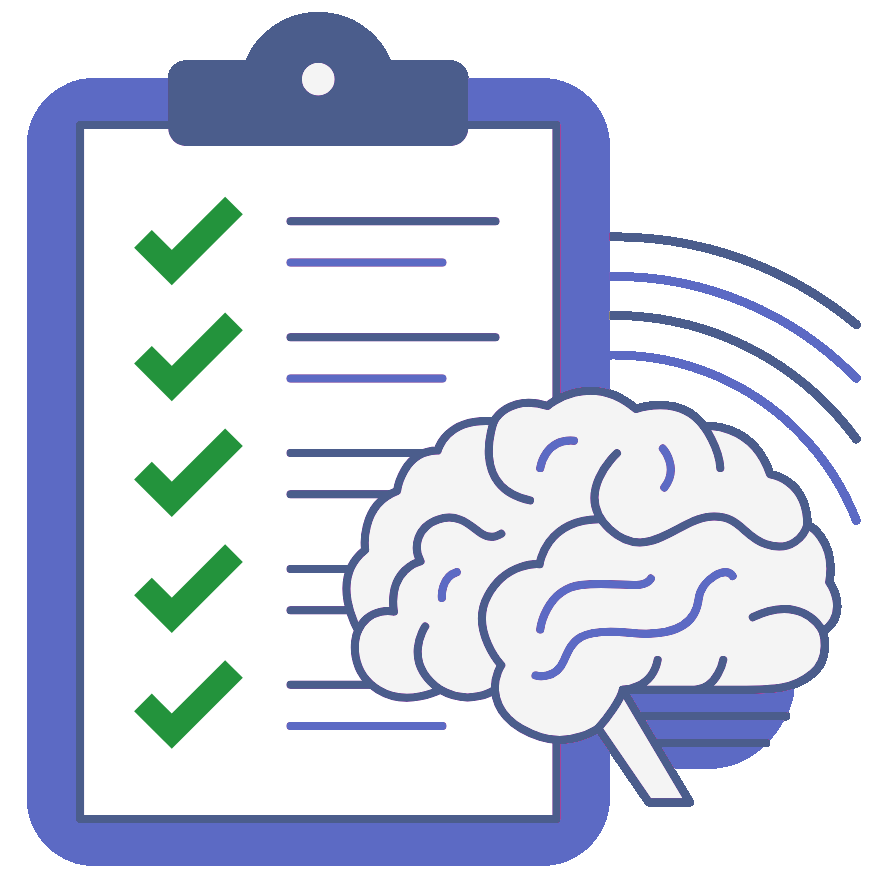We’ll review your message within 1 business day
TMS Pros & Cons
What to Know Before You Begin
Explore the benefits and considerations of Transcranial Magnetic Stimulation (TMS) so you can make a confident, informed decision about your care.

What Is TMS?
Transcranial Magnetic Stimulation (TMS) is an FDA-approved, non-invasive treatment that uses gentle magnetic pulses to stimulate specific areas of the brain involved in mood, focus, and emotional regulation. It’s most often used to treat depression, especially when traditional approaches like medication or therapy haven’t brought full relief.
For many people, TMS offers new hope - with minimal side effects, no medications, and no need for anesthesia. It can help you feel more balanced and reconnected to the life you want to live.
Benefits of TMS Therapy
Effective for People Who Haven’t Found Relief Elsewhere
Studies show that
70–80% of people with treatment-resistant depression respond positively to TMS. For many, it’s a meaningful turning point after years of trying different medications or therapies.
Non-Invasive & Drug-Free
TMS doesn’t involve drugs or sedation. You’re fully awake, alert, and in control throughout each session.
This makes it a great fit if you:
- Prefer to avoid medications
- Experience unwanted side effects from medications
- Are looking for a brain-based, evidence-supported alternative
Minimal Side Effects
Most people tolerate TMS well. If you experience anything at all, it’s typically mild:
Side Effects:
- Scalp tenderness or light headaches
- Brief facial twitching during sessions
These sensations usually fade after the first few treatments—and we’re here to support you every step of the way.
No Downtime or Disruption
Sessions are quick - about
20–30 minutes - and you can return to work, errands, or other activities right afterward. There’s no recovery period needed.
Low Mental Load
TMS works without homework, journaling, or emotional processing during sessions. While combining it with therapy can enhance outcomes, TMS alone is a powerful, low-lift way to support healing.
Time Commitment
A full course of TMS usually means
5 sessions a week for 4–6 weeks. Some people find the structure grounding; others find it logistically challenging. We also offer
Accelerated TMS for those who qualify - a condensed protocol with multiple sessions per day over 5 days.
The “TMS Dip”
Some people notice a temporary return or spike in symptoms partway through treatment - a phenomenon known as the
TMS dip. While it can feel discouraging, it’s often a sign that your brain is actively reorganizing. We monitor your experience closely and will adjust the protocol as needed to keep you supported.
Not Covered by All Insurance Plans
Standard TMS for depression is often covered by insurance, but Accelerated TMS and off-label uses (like for PTSD or anxiety) may not be. We’ll help you navigate your benefits and discuss financing options so you can access the care you need.
Rare Risk of Seizure
TMS is considered very safe. In rare cases (less than 1%), it may cause a seizure - typically only in people with specific neurological risk factors. We assess this thoroughly during your intake so you can make an informed choice.
Relapse Can Happen
As with any treatment, symptoms can return. Some people benefit from
maintenance sessions to help sustain results. We’re here to help you build a long-term care plan that supports lasting wellness
Things to Consider

Is TMS Right for You?
TMS has helped many people feel more like themselves again - calmer, more energized, more engaged in life. For those who haven’t found relief through other treatments, it can be a life-changing step forward.
Feel Like You’ve Tried Everything?
If talk therapy and medication haven’t worked, there’s still a path forward. Take a short quiz to see if TMS might be right for you.
Dr. Lewis is both super smart and on the cutting edge of research in the field, and a thoughtful compassionate listener. She is great at getting to the nut of any issue and makes thoughtful recommendations for how to move forward. I've sent her multiple patients who give her great reviews and the kids she's worked with think she is super-cool.
Laura R.
Integrative Options
Related Services
Your Care Thoughtfully Matched
Not sure which treatment is right? Take a short quiz. Your responses go straight to our care team, who will follow up with expert treatment recommendations tailored to you.
Why Integrative Mind Is Different
We treat the whole person - not just the symptoms. Combining advanced treatments, compassionate care, and personalized planning to help you heal, grow, and thrive.

Most Major Insurance Accepted

Holistic, Whole‑Person Care
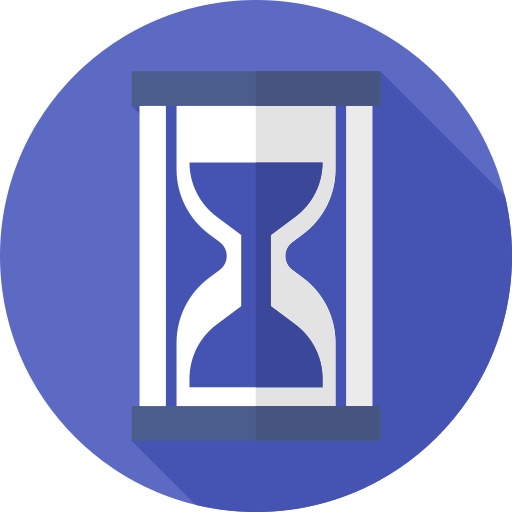
All‑Inclusive 5‑Day Program

Personalized Treatment Plans

Evidence‑Based Treatments

Expert, Compassionate Team
Learn. Compare. Decide.
Your Questions, Answered.

Compare
Explore the differences between TMS, medication, therapy, and holistic strategies - side by side.

Is TMS Right For Me?
TMS therapy might be the next step. Take our quick quiz to see if TMS could be right for your path to feeling better.

Expectations
Learn what your care journey will look like - from your first visit to your personalized treatment plan.
Free Consultation
For more details or to schedule a 10 minute consultation, give us a call at 917-590-3727 or complete the form below.
What Happens After I Send My Message?


A care coordinator will follow up to answer your questions

We’ll guide you through the next steps to book your assessment
Virtual & In-person Appointments
Office Information
